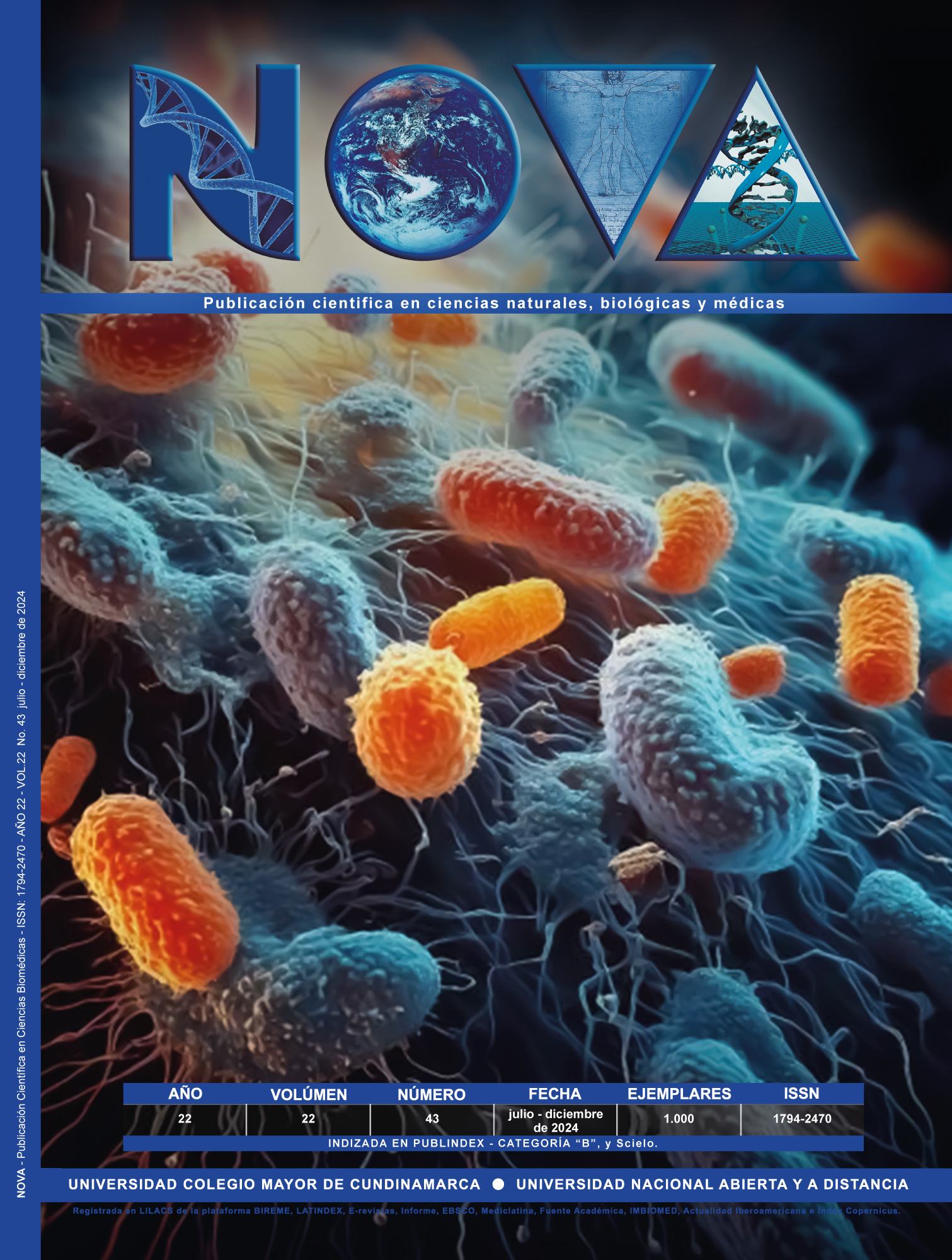Epidemiological characteristics and risk factors associated with post covid-19 thromboembolic events in a tertiary level hospital in Colombia
Introduction. Thromboembolic events trigger significant morbidity and mortality, high
rates of hospital readmissions, poor patient quality of life, and a considerable economic im
pact.
Objective. To characterize epidemiologically the risk factors associated with throm
boembolic events post COVID-19 in a tertiary level hospital in Colombia.
Methodology.
A descriptive cross-sectional study was carried out with the review of 501 medical records
of patients over 18 years of age who had suffered a thromboembolic event during January
2021-December 2022. Categorical variables were analyzed using Fisher or chi-square tests.
Univariate and multivariate logistic regression was used to assess the effects of thromboem
bolic complications. Patient survival was analyzed according to the Kaplan-Meier method.
Values of p<0.05 were considered significant.
Results. Stroke (OR=3.099; 95%CI:1.509
6.364, p=0.002) and deep vein thrombosis (DVT) (OR=3.921, 95%CI:1.577-9.708, p=0.003)
were significant in patients with a clinical history of COVID-19 disease. CVA was positi
vely associated with death in the patients studied (OR=1.945; 95%CI:1.093-4.065, p=0.016).
Patients older than 71 years, hypertensive or with chronic obstructive pulmonary disease
(COPD), had a higher risk of death due to a thromboembolic event. Conclusion. In this
study, stroke and ischemic heart disease were the most common thromboembolic events.
Survival was influenced by hypertension, chronic kidney disease (CKD) or COPD as asso
ciated risk factors for death due to a thromboembolic event. In patients with a history of
COVID-19 infection, CVA and DVT were the most significant.
Conclusions. CVA and
myocardial Ischemia were the most frequently encountered thromboembolic events. Sur
vival was influenced by hypertension or COPD. In patients with a history of COVID-19
infection, CVA and DVT were the most significant.










